I have researched and compiled information on the topic of whether acrylic powder expires. Acrylic powder is a popular product used in the nail industry to create artificial nails. It is made by mixing a liquid monomer with a powder polymer to form a dough-like mixture that can be shaped and molded into nails. The mixture hardens when exposed to air, resulting in strong and durable nails.

While acrylic powder is a long-lasting product, it does have a shelf life. The shelf life of acrylic powder depends on several factors, including the quality of the product, how it was stored, and the conditions under which it was used. Using expired acrylic powder can lead to several issues, including brittle and weak nails, lifting, and cracking. In the following sections, I will provide a comprehensive guide on understanding acrylic powder, recognizing expired acrylic powder, and storage and handling of acrylic powder.
Key Takeaways
- Acrylic powder has a shelf life and can expire.
- Using expired acrylic powder can lead to several issues, including brittle and weak nails, lifting, and cracking.
- Proper storage and handling of acrylic powder can help extend its shelf life.
Understanding Acrylic Powder

As a professional nail technician, I have worked with acrylic powder extensively. Acrylic powder is a polymer that is used to create artificial nails. It is mixed with a monomer to form a dough-like substance that can be molded into different shapes. This dough is then applied to the natural nail, where it hardens and creates a strong, durable surface.
Acrylic powder is a popular choice in the nail industry because of its versatility. It can be used to create a variety of different nail shapes, from square to stiletto. It is also available in a wide range of colors, making it easy to create unique and eye-catching designs.
It is important to note that acrylic powder does have an expiration date. The shelf life of acrylic powder typically lasts for about 12 to 36 months from the date of manufacture [AllBeautyToday]. This can vary depending on the quality of the powder, how it was stored, and the conditions under which it was used. Improper storage can cause the powder to harden, become brittle, and lose its efficacy [CraftersMag].
As a nail technician, it is important to check the expiration date of your acrylic powder before using it on clients. Using expired powder can result in a subpar manicure and can even cause damage to the natural nail. It is always best to use fresh, high-quality products to ensure the best results for your clients.
In summary, acrylic powder is a versatile and popular choice in the nail industry. It is important to be aware of its expiration date and to use high-quality products to ensure the best results for your clients.
Factors Affecting Acrylic Powder Shelf Life
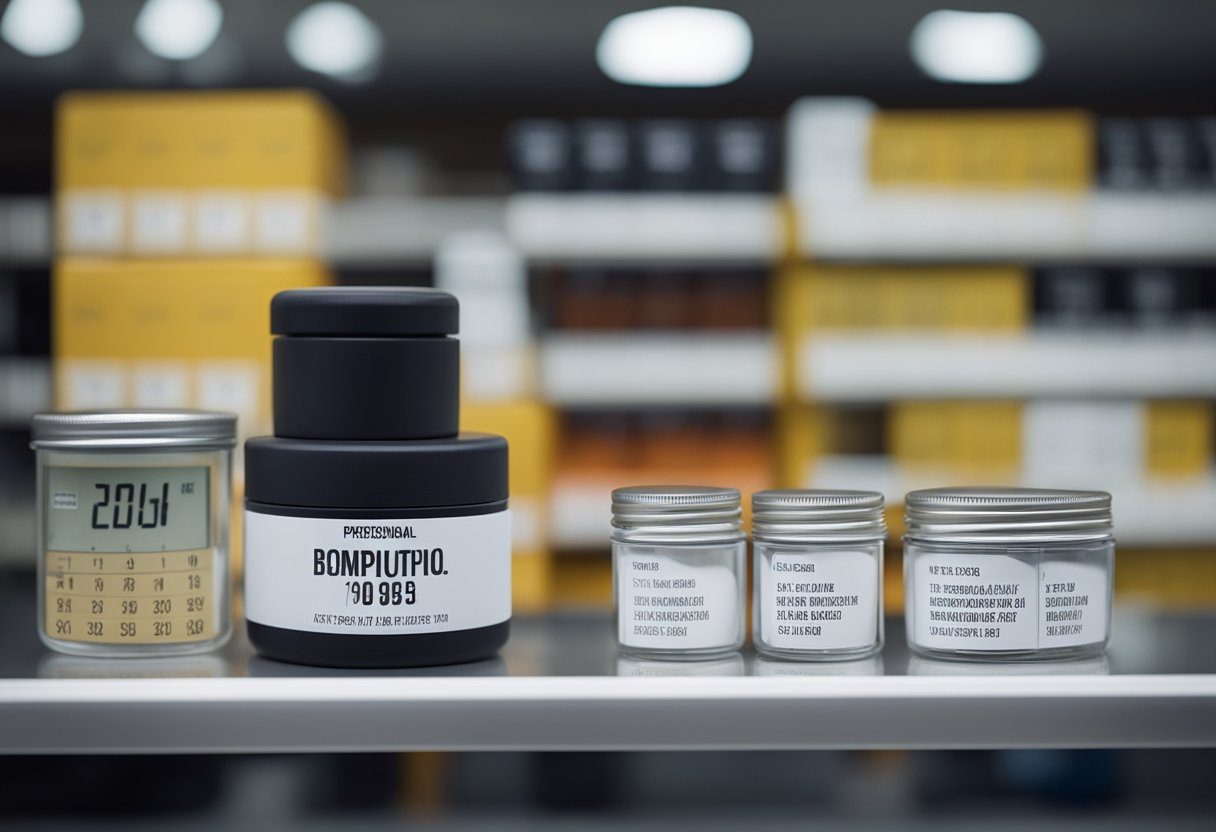
As an experienced nail technician, I know that the shelf life of acrylic powder can be affected by several factors. Here are some of the most important factors that can affect the shelf life of acrylic powder:
Temperature
Acrylic powder should be stored in a cool, dry place. High temperatures can cause the powder to clump together, making it difficult to work with. It can also cause the powder to lose its effectiveness and become less durable. Therefore, it is important to keep the powder away from direct sunlight and heat sources.
Air
Exposure to air can also affect the shelf life of acrylic powder. When acrylic powder is exposed to air, it can absorb moisture, which can cause it to clump together or become less effective. Therefore, it is important to store acrylic powder in an airtight container to prevent it from coming into contact with air.
Quality of Ingredients
The quality of the ingredients used to make the acrylic powder can also affect its shelf life. Using low-quality ingredients can result in a shorter shelf life and can also affect the quality of the final product. Therefore, it is important to use high-quality acrylic powder from a reputable supplier.
Storage
Proper storage is essential to extend the shelf life of acrylic powder. The powder should be stored in a cool, dry place, away from direct sunlight and heat sources. It should also be stored in an airtight container to prevent exposure to air and moisture.
In summary, the shelf life of acrylic powder can be affected by temperature, air, quality of ingredients, and storage. By taking the necessary precautions, you can extend the shelf life of your acrylic powder and ensure that it remains effective and easy to work with.
Recognizing Expired Acrylic Powder
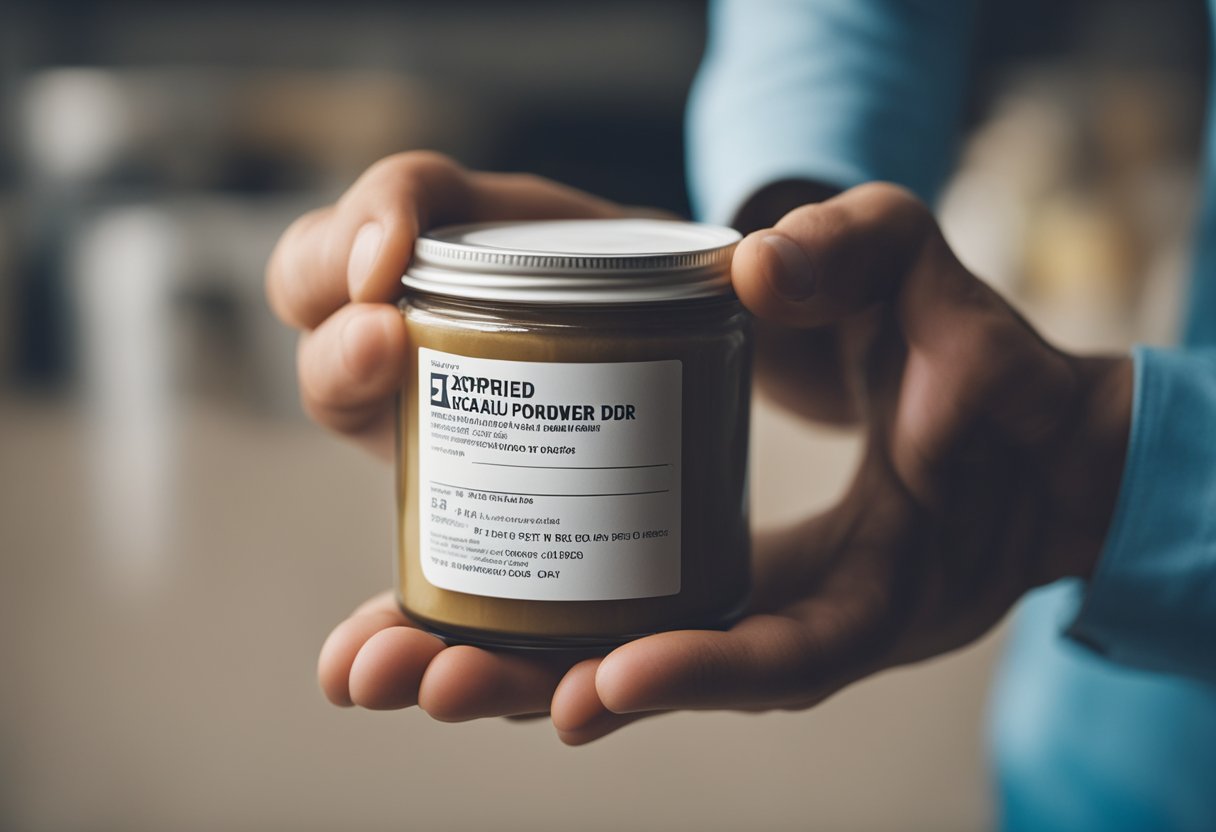
As an experienced nail technician, I have come across several types of acrylic powders. Some of them have an expiration date, while others do not. However, even if the powder does not have an expiration date, it can still expire. Here are some ways to recognize expired acrylic powder:
Changed Color
One of the first signs that your acrylic powder has expired is a change in color. If the powder has changed color, it may no longer be safe to use. For example, if the powder has turned yellow, it may indicate that it has been exposed to air or moisture and has started to break down.
Discoloration
Discoloration is another sign that your acrylic powder may have expired. If the powder has dark spots or streaks, it may have been contaminated with bacteria or other harmful substances.
Change in Texture
Expired acrylic powder may also have a change in texture. If the powder has become clumpy or lumpy, it may have absorbed moisture and is no longer suitable for use.
Change in Smell
Acrylic powder that has expired may also have a change in smell. If the powder has a foul or unusual odor, it may indicate that it has been contaminated or has started to break down.
Consistency
The consistency of the acrylic powder can also be an indicator of whether it has expired. If the powder is too thick or too thin, it may indicate that it has expired or has been contaminated.
In summary, recognizing expired acrylic powder is essential for the safety and quality of your nail services. Keep an eye out for changes in color, discoloration, texture, smell, and consistency. If you notice any of these signs, it may be time to replace your acrylic powder.
Storage and Handling of Acrylic Powder
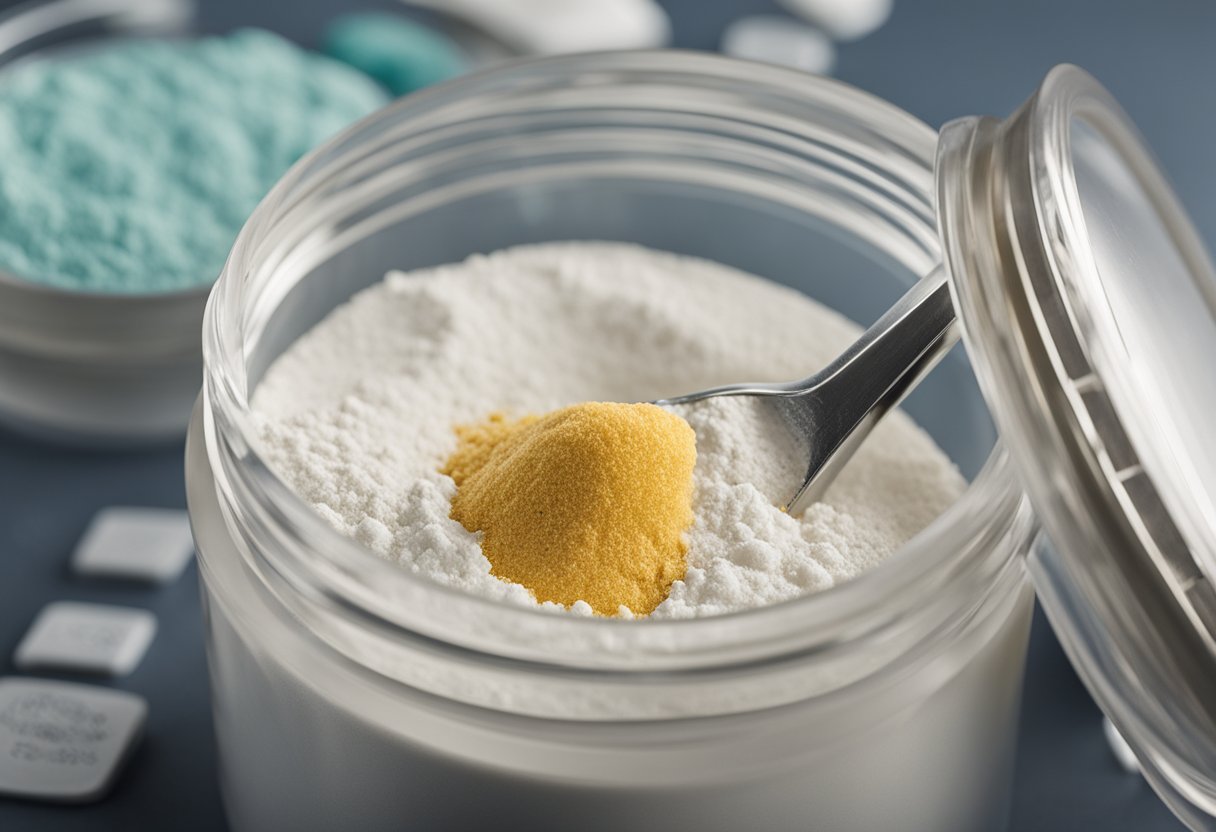
As a professional nail artist, I know how important it is to take proper care of my tools and products, including acrylic powder. Proper storage and handling of acrylic powder can ensure that it lasts longer and maintains its efficacy.
One of the most important things to consider when storing acrylic powder is the container. It is best to keep it in an airtight container to prevent moisture from getting in and causing the powder to clump or harden. I recommend using a container with a tight-fitting lid that can be easily opened and closed.
Moisture is the enemy of acrylic powder, so it is crucial to store it in a cool, dry place. Exposure to heat and humidity can cause the powder to harden, become brittle, and lose its efficacy. Avoid storing it in the bathroom or any place where it may be exposed to moisture.
Another important factor to consider when storing acrylic powder is its proximity to other products. Keep it away from other liquids or powders that may cause it to absorb moisture or odors.
In summary, to ensure that acrylic powder lasts longer and maintains its efficacy, it is essential to store it in an airtight container, in a cool, dry place, and away from other products. By following these simple guidelines, you can get the most out of your acrylic powder and create beautiful, long-lasting nails for your clients.
Impact of Expired Acrylic Powder on Application
As a nail technician, I know that using expired acrylic powder can have a negative impact on the application process. The texture of the powder can change, resulting in a less desirable outcome. When acrylic powder expires, it can form clumps, making it difficult to mix with the liquid. This can cause the bead to become lumpy and uneven, making it challenging to apply the acrylic to the nail.
Using expired acrylic powder can also cause irritation or an allergic reaction. This is because over time, the ingredients in the powder can break down, causing it to lose its efficacy. This can affect the integrity of the nail, making it more susceptible to damage.
To avoid these issues, it is essential to check the expiration date of your acrylic powder before using it. If the powder has expired, it should be disposed of properly. It is also crucial to store your acrylic powder in a cool, dry place to prevent it from getting exposed to heat and moisture. Exposure to heat and moisture can cause the acrylic powder to harden, become brittle, and lose its efficacy.
In summary, using expired acrylic powder can have a negative impact on the application process. It can change the texture of the powder, making it difficult to mix with the liquid, resulting in a less desirable outcome. It can also cause irritation or an allergic reaction and affect the integrity of the nail. Therefore, it is essential to check the expiration date of your acrylic powder before using it and store it properly to avoid any issues.
Acrylic Powder in the Nail Industry
As a professional nail technician, I have worked with acrylic powder for many years. Acrylic powder is a popular product in the nail industry used to create artificial nails, nail extensions, and nail art. It is a versatile product that comes in a variety of colors and can be used to create different effects and finishes.
Acrylic powder is typically used in combination with a liquid monomer and a primer to create a hard, durable, and long-lasting nail. The liquid monomer is used to activate the acrylic powder, which creates a chemical reaction that hardens the mixture. The primer is used to prepare the natural nail for the application of the acrylic powder.
One of the most common questions I get asked by my clients is whether acrylic powder expires. The answer is yes, acrylic powder can expire. The shelf life of acrylic powder depends on several factors, including the product’s formula, how it was stored, and its quality. Generally, an acrylic nail powder will last between 12 months and 18 months. If you’re not experienced using or being around acrylic nail powder, it’s best to play it safe and go with the 12-month mark.
When working with acrylic powder, it’s essential to follow the manufacturer’s instructions carefully. Failure to do so can result in a less desirable outcome, such as brittle or weak nails. It’s also important to store the acrylic powder in a cool, dry place to prevent it from getting exposed to heat and moisture. Exposure to heat and moisture can cause the acrylic powder to harden, become brittle, and lose its efficacy.
In conclusion, acrylic powder is a popular product in the nail industry used to create artificial nails, nail extensions, and nail art. It is a versatile product that comes in a variety of colors and can be used to create different effects and finishes. Acrylic powder can expire, so it’s essential to follow the manufacturer’s instructions carefully and store it in a cool, dry place to ensure it lasts as long as possible.
Acrylic Powder vs Other Types of Paint
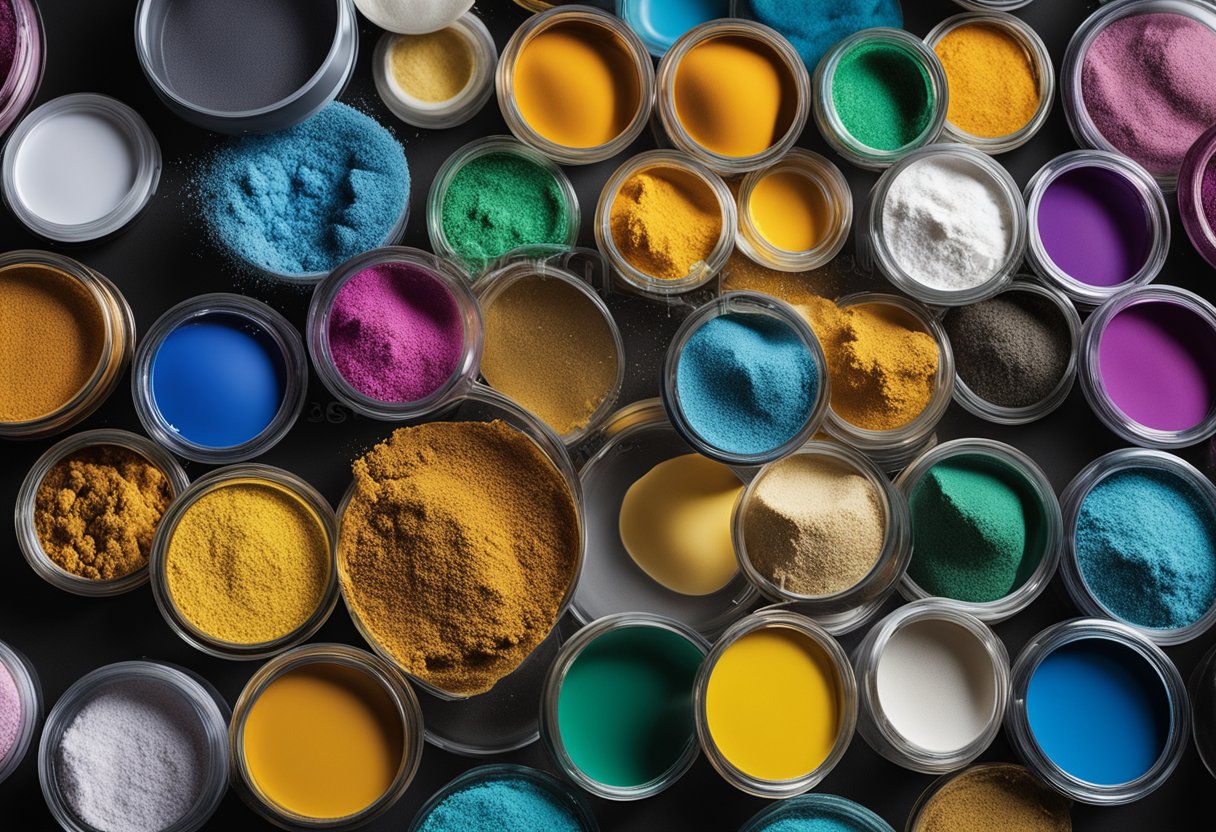
When it comes to painting, there are various types of paint available on the market. Each type of paint has its own unique properties, and it’s important to choose the right type of paint for your project. In this section, I will discuss how acrylic powder compares to other types of paint.
Acrylic Paint
Acrylic paint is a popular choice for artists and DIY enthusiasts. It is water-based and dries quickly, making it easy to work with. Acrylic paint is also known for its durability and resistance to fading. However, unlike acrylic powder, acrylic paint comes in liquid form and requires a brush or roller to apply.
Types of Paint
There are many different types of paint available, each with its own advantages and disadvantages. Latex paint, for example, is water-based and easy to clean up. Chalk paint is known for its matte finish and ability to adhere to almost any surface. Milk paint is a natural, non-toxic option that has been used for centuries. Oil-based paint, on the other hand, is known for its durability and resistance to wear and tear.
VOCs and Bacterial Growth
One of the main advantages of acrylic powder is that it is free from volatile organic compounds (VOCs). VOCs are harmful chemicals that can be released into the air during the painting process, causing health problems. Additionally, leftover paint can be a breeding ground for bacteria, which can cause unpleasant odors and even make you sick. Acrylic powder, however, has a longer shelf life and is less likely to harbor bacteria.
Leftover Paint
If you have leftover acrylic powder, you can simply store it in an airtight container until you’re ready to use it again. However, if you have leftover liquid paint, it can be more difficult to store. Liquid paint can dry out or become contaminated if not stored properly. This is another advantage of acrylic powder over liquid paint.
In summary, acrylic powder has many advantages over other types of paint. It is free from harmful chemicals, has a longer shelf life, and is less likely to harbor bacteria. However, it is important to choose the right type of paint for your project, taking into consideration the surface you are painting, the desired finish, and other factors.
Manufacturer Guidelines and Expiration Dates
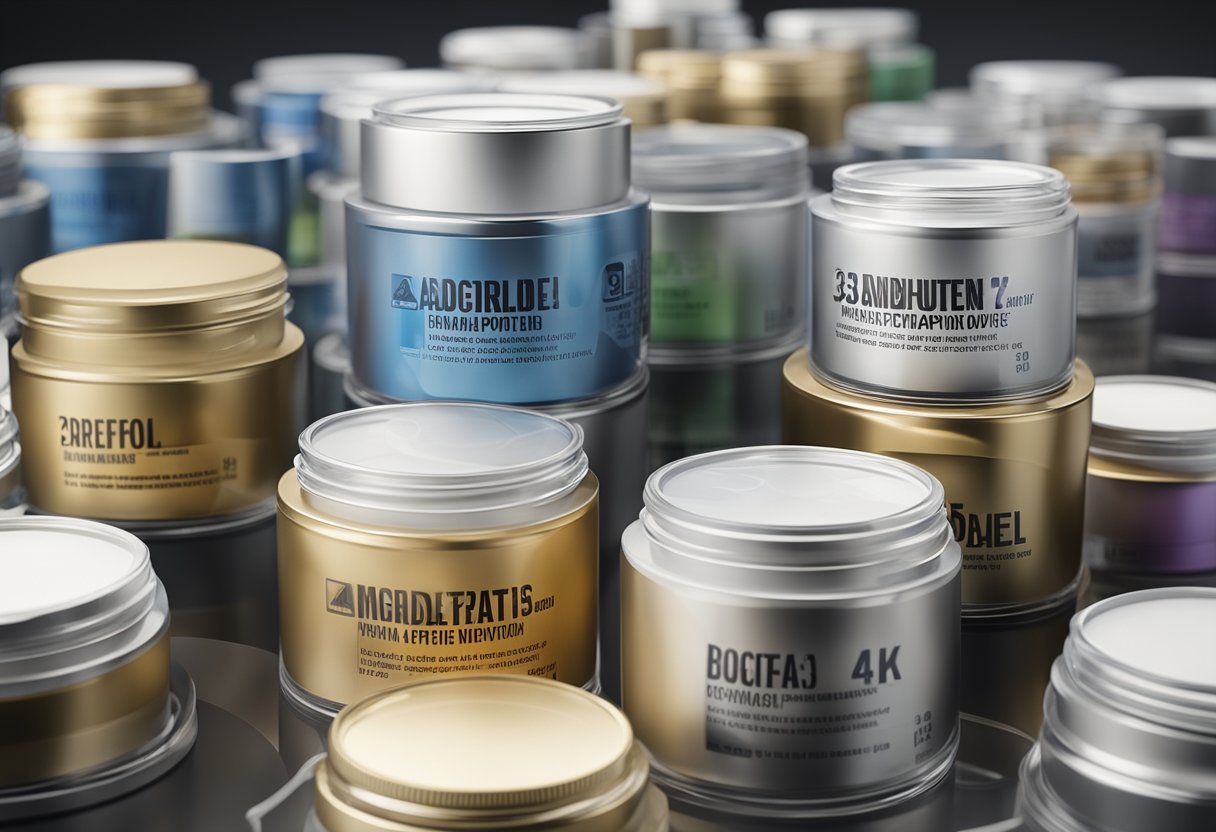
As a professional nail technician, I always follow the manufacturer’s guidelines when it comes to using and storing acrylic powder. The manufacturer’s guidelines are essential to ensure the longevity and quality of the product.
Acrylic powder typically lasts for about 12 to 36 months from the date of manufacture. However, the shelf life of the product may vary depending on the quality of the powder, storage conditions, and how it was used. It is important to note that using expired acrylic powder can result in poor adhesion, discoloration, and other issues that can affect the overall quality of the nail enhancement.
To ensure that you are using acrylic powder that is within its lifespan, it is important to check the expiration date on the product. Most manufacturers include an expiration date on the packaging, which should be followed strictly. If the expiration date is not visible or has been removed, it is best to contact the manufacturer for guidance.
In addition to checking the expiration date, it is important to store the acrylic powder properly. Acrylic powder should be stored in a cool, dry place to prevent exposure to heat and moisture. Exposure to heat and moisture can cause the acrylic powder to harden, become brittle, and lose its efficacy.
Overall, following the manufacturer’s guidelines and expiration dates is essential for maintaining the quality and longevity of the acrylic powder. By doing so, you can ensure that your nail enhancements are of the highest quality and provide long-lasting results for your clients.
Frequently Asked Questions
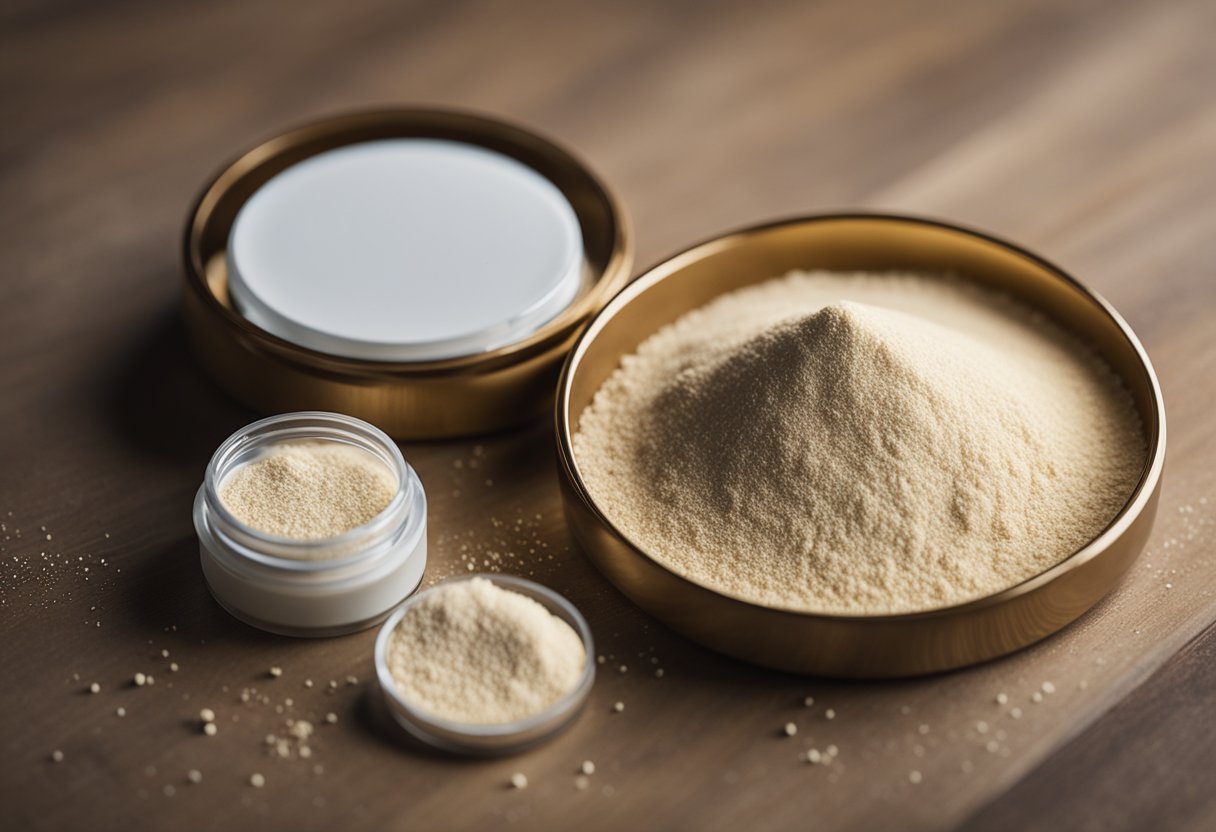
What is the shelf life of acrylic polymer?
Acrylic polymer, also known as acrylic powder, has a shelf life of approximately 12-36 months, depending on the manufacturer and storage conditions. It is important to store the powder in a cool, dry place, away from direct sunlight and heat, to extend its shelf life.
Does acrylic powder have an expiration date?
Yes, acrylic powder does have an expiration date. The shelf life of acrylic powder depends on several factors, including the storage conditions, the quality of the ingredients used, and the way it’s handled. Using expired acrylic powder can result in skin irritation, nail damage, poor adhesion, and an unpleasant odor. It is best to check for signs of expiration before using it. If you have any doubts about the quality of your powder, it is best to discard it and purchase a new one.
Does acrylic monomer go bad?
Acrylic monomer can degrade over time, which can affect its performance. The shelf life of acrylic monomer can vary depending on the manufacturer and storage conditions. Generally, it is recommended to use acrylic monomer within 12 months of opening the bottle. It is important to store the monomer in a cool, dry place, away from direct sunlight and heat, to extend its shelf life.
Does nail primer expire?
Nail primer is a crucial step in the acrylic nail application process. It helps to prepare the nail bed for the acrylic application and ensures better adhesion. Nail primer typically has a shelf life of 12-24 months, depending on the manufacturer and storage conditions. It is important to store the primer in a cool, dry place, away from direct sunlight and heat, to extend its shelf life.
Does nail dehydrator expire?
Nail dehydrator is used to remove oils and moisture from the nail bed, which helps to ensure better adhesion of the acrylic. Nail dehydrator typically has a shelf life of 12-24 months, depending on the manufacturer and storage conditions. It is important to store the dehydrator in a cool, dry place, away from direct sunlight and heat, to extend its shelf life.
Does builder gel expire?
Builder gel is a type of gel used to build and sculpt the nail. It typically has a shelf life of 12-24 months, depending on the manufacturer and storage conditions. It is important to store the gel in a cool, dry place, away from direct sunlight and heat, to extend its shelf life. Using expired builder gel can result in poor adhesion and an uneven finish.
Overall, it is important to follow the manufacturer’s recommendations for storage and usage to ensure the quality and performance of your acrylic nail products.

Hi, I’m Sal Muller of Tooltrip.com. My DIY experience led me to understand essential power tools for home projects. Tooltrip.com guides enthusiasts and professionals in choosing right tools for any job. I provide concise top tool reviews for easier, efficient DIY.

